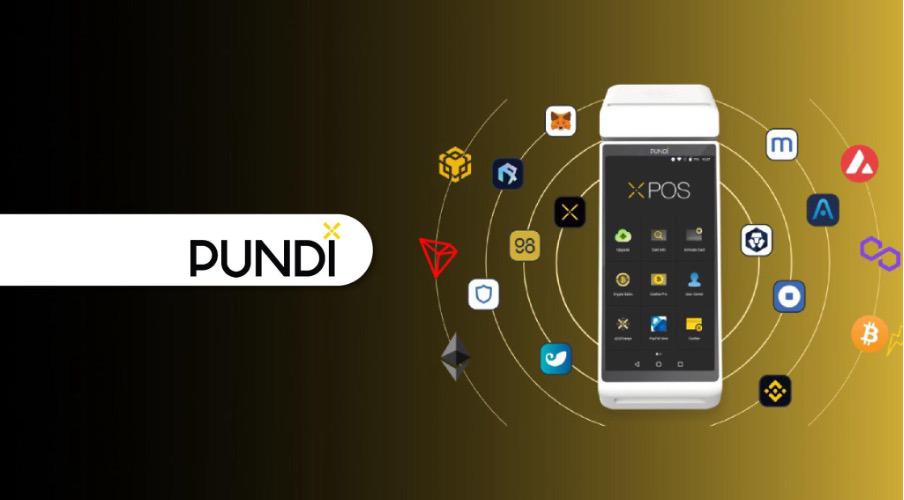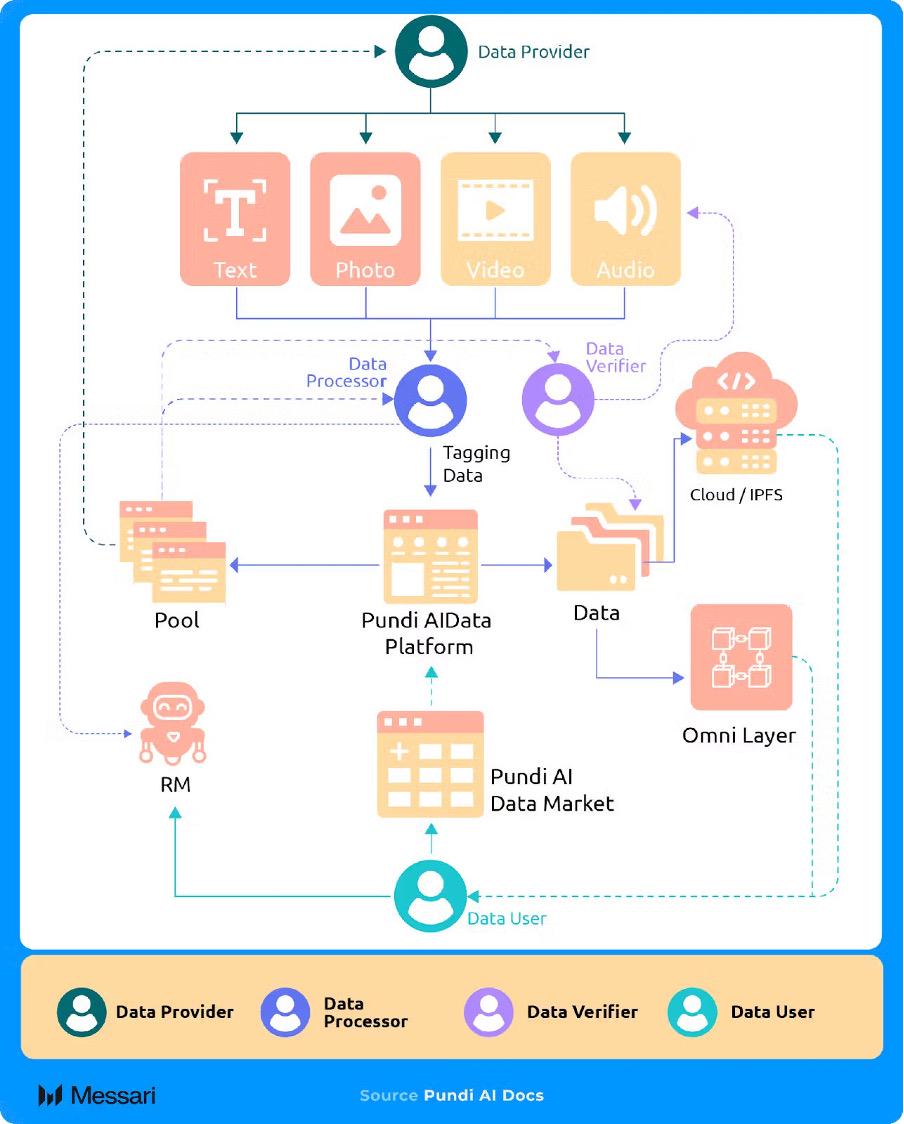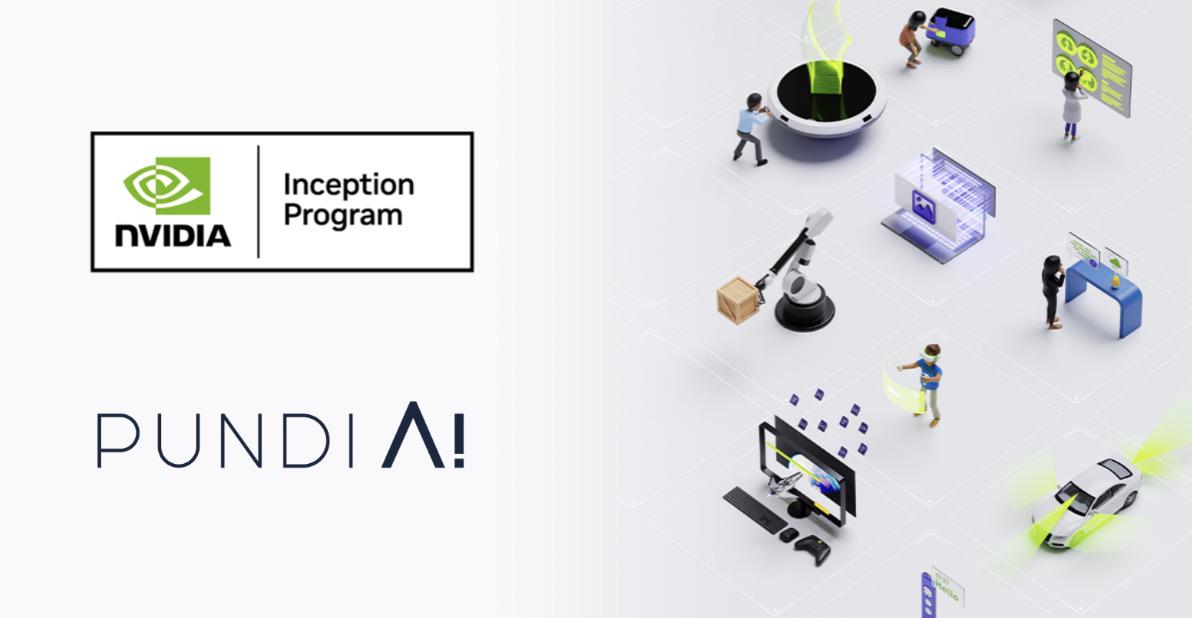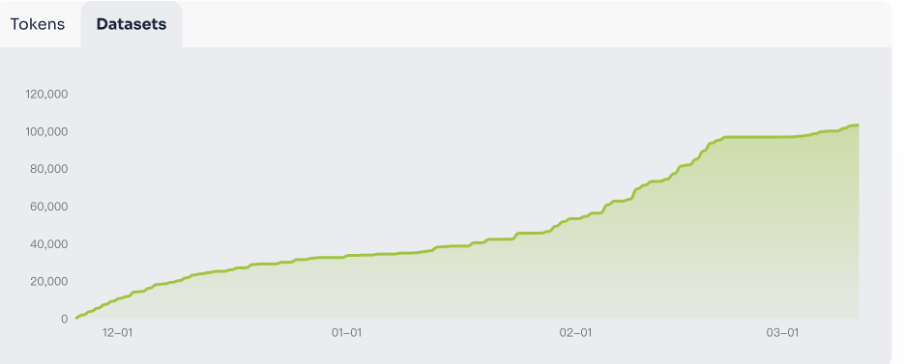Author: Nancy, PANews
Not long ago, the decentralized AI data layer Pundi AI completed its reshaping through token swaps and brand upgrades, attracting market attention. At a time when the popularity of Web3 AI Agent is gradually fading, this old payment project has demonstrated its determination to transform and break through, as well as its firm belief in the long-term development of AI.
Recently, PANews interviewed Danny, a core contributor of Pundi AI. He reviewed his entrepreneurial journey from payment to AI, and shared the team's technical solutions, insights into the Southeast Asian Web3 industry, and deep thoughts on VC models and AI development. From the QR code payment experiment in Indonesia to breaking the global AI data bottleneck today, the story of Pundi AI is not only a microcosm of technological iteration, but also a vivid portrayal of Southeast Asian Web3 innovation and exploration.
Indonesia opens up the entrepreneurial road, from QR code payment to AI data layer
From 2016 to 2017, Indonesia was one of the focal points of the digital economy in Southeast Asia. At that time, the Internet development in the region was in full swing and had strong momentum. According to the Indonesian Internet Service Providers Association (APJII), the number of Internet users in Indonesia exceeded 130 million during this period, accounting for more than 50% of the country's population (about 256 million).
The rapid popularization of mobile Internet, the accelerated advancement of infrastructure construction, and the rise of young consumer groups... allowed the Pundi X team to keenly capture market opportunities and launched the QR code payment business in Indonesia. This entrepreneurial experience is a strong verification of the potential of Indonesia's payment market, but it exposed a reality at the time: a large number of Indonesians still did not have bank accounts, so the convenience and inclusiveness of digital currency payments became particularly important. This experience planted the seeds for his subsequent exploration.
In 2017 and 2018, the blockchain boom swept in, and the Pundi X team decisively changed the course, launched the Pundi X project and successfully completed a $50 million ICO. This is a blockchain-driven device developer that provides a point-of-sale solution XPOS, which enables merchants and consumers to trade on the blockchain supported by physical stores. This payment function not only supports multiple blockchain networks such as Bitcoin, Ethereum, BNB Chain and Polygon, but is also adopted in more than 30 countries in Asia, Europe and Latin America, making positive progress in market influence and product adoption.

After years of deep cultivation in crypto payments, Pundi X set its sights on the AI track in 2024. This year, AI technology continued to make breakthroughs in multiple directions, and industrial applications flourished. "AI is a 'great cause'," Danny said in an interview. Therefore, based on the insight into AI data issues, Pundi X began to build a decentralized AI data layer to solve industry problems such as data monopoly, uneven quality and privacy protection.
Launched a three-layer data quality filtering system, with Web2 and Web3 businesses running in parallel
From upstream technological breakthroughs to mid- and downstream application implementation, the main line of AI is continuing to unfold, gradually reconstructing the competitiveness of the industry, and countless scenarios and industries are ushering in intelligent empowerment. However, the core bottleneck of AI development is not computing power, but data - the scarcity of high-quality data, the barriers to data monopoly, and the problem of privacy protection have become the key pain points that restrict the progress of the industry.
"For AI startup teams, the scarcity of free data in the market is a problem: not only is the quantity small and the updates slow, but the quality is also uneven; and the cost of obtaining data from giants is very high. At the same time, data providers often face the dilemma of low remuneration and no copyright protection, and they have no right to share in the profits generated by subsequent works." Danny pointed out.
To address these pain points, Pundi AI has innovatively launched a three-layer quality filtering system to ensure high standards and reliability of data. The first layer is "continuous peer review", which allows different annotators (such as A, B, C, and D) to repeatedly verify samples through a cross-annotation mechanism, such as A annotating 1, 2, and 3, B annotating 2, 3, and 4, and so on, to ensure consistency; the second layer AI Agent performs automated review and conducts a comprehensive review of all annotated samples; the third layer is manual node sampling review to further improve the credibility of the data.

"AI improves production efficiency, and blockchain optimizes distribution relationships. Pundi AI uses blockchain technology to realize on-chain data rights confirmation and revenue distribution. Data contributors can obtain revenue in proportion after the data package is sold; more importantly, if the data package derives new data products, contributors can still share the corresponding returns." From Danny's description, this transparent and traceable mechanism not only ensures the copyright protection of the data, but also enables all contributors to share the value-added results, which can inject new vitality into the sustainable development of the AI ecosystem.
Pundi AI's business model is also unique, similar to the combination of "data supermarket + AI incubator". According to Danny, Pundi AI has created a complete product line, which is divided into Web2 and Web3 models according to different service objects and delivery methods.
In the Web2 model, after developers publish AI data tasks on the platform, annotators around the world complete the annotations according to the task requirements and are paid after passing the quality inspection. After the data is completed, it will be sold on the open market for other developers to purchase and use. This process is similar to the subtitle group system in mainland China, where tasks are published and data is exchanged through the crowdsourcing system on the chain. However, unlike traditional annotation platforms, the copyright of the work completed by the annotator belongs to the annotator himself.
In the Web3 model, developers can not only train their own AI Agents by purchasing data on the open market, but also issue tokens for the Agent through the Pundi AI platform. After issuing tokens, developers can also entrust their tokens to Pundi AI's AI MM Agent to perform market-making operations on the chain. In addition, developers can also apply to participate in Pundi AI's funding voting protocol (similar to Aerodrome's ve model). Once a project receives support from community members, it will be able to receive weekly liquidity support.
Among them, compared with traditional market makers, the AI MM Agent system launched by Pundi AI has demonstrated unique advantages in many aspects: (1) Low capital cost: Traditional market makers usually rely on two ways to obtain currencies: one is to buy currencies at a discount, and the other is to buy currencies through options, which has high capital and communication costs. AI MM Agent automates operations and is more efficient; (2) Low communication cost: Traditional market makers need to manage transactions and liquidity through complex communication and negotiation, while the AI MM Agent system reduces human intervention and communication costs through smart contracts and automated transactions; (3) Moral hazard: Traditional market makers may not provide services due to losses, while AI MM Agent ensures the continuous provision of market liquidity; (4) Transactions for Memopool: Pundi AI is the first market making system in the entire network that is specifically designed for on-chain memory pools (memopools), which can respond to market changes more quickly; (5) Additional financial support: Through on-chain voting and recognition, excellent projects can also obtain liquidity support.

During the interview, Danny also revealed Pundi AI's cooperation with Nvidia. Currently, Pundi AI has officially joined the NVIDIA Inception program, which aims to support startups that use technology to innovate the industry. By joining the program, Pundi AI will receive market expansion support, hardware discounts, cloud resources and deep learning training to further accelerate product development and deployment. In addition, in terms of AI ecosystem expansion, Pundi AI has cooperated with projects such as Flock, TGB, Twallet and Fintax, and actively incubated new projects by holding AI competitions.
Comprehensive upgrade opens up a new narrative, the ideals and persistence behind non-VC financing
At present, Pundi AI has announced that it has completed a comprehensive upgrade through token swaps and brand renewal. According to the official website, Pundi AI’s data set has exceeded 103,000 and the total number of users has exceeded 134,000.

"This is a time-consuming, labor-intensive and thankless decision (except for the shell-changing project), which means that the previous brand accumulation needs to be torn down and re-applied for legal opinions and other documents. At the same time, it is also necessary to face the uncertainty of whether exchanges and partners (such as data statistics websites, nodes, browsers, wallets, etc.) will support it, as well as possible delays." Danny admitted in the interview.
Nevertheless, Danny believes that this change is far-reaching: at the brand level, it provides Pundi AI with an opportunity to re-narrate, enabling it to update its brand image and bring a new market positioning; technically, the previous token contract cannot be upgraded, so a brand new token contract is required. In addition, Pundi AI has also made precision modifications so that the new token can be distinguished from Pundi X in price to avoid confusion in the market. Danny also revealed that the newly launched dual-token model refers to Aerodrome's ve (3,3) mechanism: $PUNDIAI: used for transactions, payments and governance; $vePUNDIAI represents long-term holding and voting rights.
It is worth noting that, unlike many crypto projects that rely on external financing, Pundi AI has not yet publicly conducted any financing. According to Danny, since the launch of the DeFi project Function X in 2019, the Pundi AI team has never accepted external financing, and has not even participated in the KOL round, and all resources have been allocated to the community. Danny explained that there are several main considerations behind this choice: First, Pundi AI does not want to be coerced by capital and frequently receives urgings from investors about when to issue coins and when to go public. The team hopes to focus on what they really want to do without being swayed by external commercial pressure; secondly, perhaps there is also a veteran sentiment and idealism driving it. Pundi AI firmly believes that if the goal is only to realize and go public, the road will become narrower and narrower; and if the original intention is to create value for the industry and users, the road will naturally gather countless supporters.
"In our view, financing is essentially using past trust and future selling pressure to build current products. As for VC coins in the current market environment, our attitude is complex and prudent. VC as a model is neither right nor wrong, it does accelerate the evolution of the market and technology. However, today's VC model seems to have changed, becoming synonymous with 'to exchange' and a gathering of all parties, but there are also VCs who truly support project construction." Danny said bluntly in the interview.
Although AI is penetrating various fields at an unprecedented speed, challenges still exist, especially in the field of encryption, where the AI Agent track has cooled down significantly recently. In this regard, Danny believes that this is mainly due to the fact that AI Agent has not really improved production efficiency in the past few months, but is more like MEME in a technical coat. Pundi AI chooses to rely on the technical advantages of AI and on-chain transactions to create AI Agent with practical application scenarios to solve real pain points.
"We firmly believe that the Web3+AI field will usher in the second or even third wave of development - as AI models become increasingly powerful and high-quality data continues to accumulate, more and more high-quality AI agents will emerge. In the short term, applications closely related to transactions are the most worth looking forward to, such as AI agents that improve transaction efficiency, increase profits or enhance security." Danny said.
Southeast Asia's Web3 landscape is differentiated into different echelons, with Malaysia having more advantages
In recent years, the Web3 ecosystem in Southeast Asia has shown a booming development trend. In addition to Pundi AI, previously popular projects such as Axie Infinity, Coin98, Virtuals Protocol, Yield Guild Games, etc. all originated from this region. These projects have also successfully ignited global attention to the potential of Southeast Asian blockchain.
Danny pointed out that the current Web3 industry in Southeast Asia can be divided into several echelons: in the first echelon, Vietnam has emerged with the rise of local projects, and Singapore has become a regional hub by attracting a large number of executives and teams to move in; the 1.5 echelon is represented by Malaysia, and it is rumored that many exchanges have set up branches in Kuala Lumpur; the second echelon is mainly Indonesia, the Philippines and Thailand.
Among these Southeast Asian countries, Danny believes that the Malaysian Chinese team has unique advantages: in terms of mentality, Malaysians have demonstrated strong stress resistance and adventurous spirit; they learn quickly and can quickly master cutting-edge technologies; language advantages, fluent Chinese and English allow them to easily connect the Chinese-speaking circle with international resources; technical accumulation should not be underestimated. Between 2020 and 2021, a large number of engineers from China, Europe and the United States poured in to inject experience into the local team; in addition, Malaysia's development and operating costs are relatively low, and the time zone advantage facilitates collaboration.

















